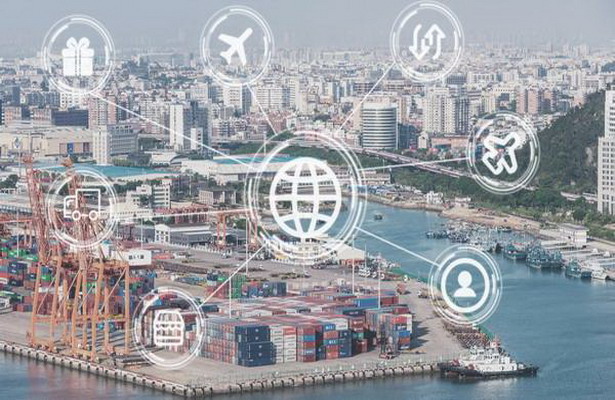Integrate global high-quality logistics and transportation resources to meet more personalized needs of domestic and foreign customers
Current situation of cross-border e-commerce logistics industry
In recent years, the government has introduced a series of measures to support the development of cross-border e-commerce. At the same time, the participants in this field continue to make efforts, and all links of the industrial chain are becoming more mature in the process of development. It can be inferred that cross-border e-commerce will continue to rise in the next two or three years, or even a longer period. By 2020, the proportion of cross-border e-commerce in the import and export trade will be close to 30.1%.
Cross-border e-commerce logistics, as a key link serving cross-border e-commerce industrial chain, accounts for about 20%-30% of cross-border e-commerce transaction costs. According to the market size of China's cross-border e-commerce of 10 trillion yuan, the current industrial market size of cross-border e-commerce logistics in China is between 2 trillion and 3 trillion yuan, with huge space for market development.
The scale of cross-border e-commerce transactions is constantly expanding, and the growth rate has been declining in recent years. Judging from the proportion of cross-border e-commerce transaction volume in import and export transaction volume, the cross-border e-commerce transaction scale reached 5.2 trillion yuan in 2015, accounting for 16.94% of the total import and export trade volume. According to the Ministry of Commerce, the cross-border e-commerce transaction scale will grow to 6.5 trillion yuan in 2016, accounting for 18.90% of the total foreign trade scale, with an average annual growth rate of nearly 30%. Judging from the change of the total amount of China's foreign trade, cross-border e-commerce accounts for an increasing proportion of foreign trade, and cross-border e-commerce has rapidly developed into a new economic growth point of China's foreign trade.

Cross-border e-commerce is a new way of transaction. Consumers can use the Internet and customer terminals to achieve commodity trading, and through international logistics to finally obtain commodities. At present, this transaction method, because of its characteristics of short cycle, few links and low threshold, has been rapidly developed in our country, and has brought a huge market for our logistics industry, and the exploration of the best operation mode of cross-border e-commerce logistics has become the most focused issue in the logistics industry at this stage.
Thanks to the growing popularity of mobile devices, more and more people around the world are using smart devices to shop. As online orders increase, the corresponding demand for transportation and warehousing services will also increase, thus driving the development of cross-border e-commerce logistics industry. And with the increasing demand for cross-border e-commerce, most cross-border logistics companies have begun to provide transportation services from a single service to diversified services, such as cooperation with overseas warehousing companies.
The main challenge of cross-border e-commerce logistics market comes from the complexity of logistics transportation. Since logistics includes domestic transportation, international transportation and local transportation of destination country, in the traditional mode, logistics companies need to cooperate to complete the transportation, which increases the complexity of the transportation process.
Cross-border logistics is divided into overseas section and domestic section. In the overseas section, there are six logistics modes of foreign terminals, which are direct mail, certified direct mail, direct mail, joint mail, bonded and seller's bonded.


